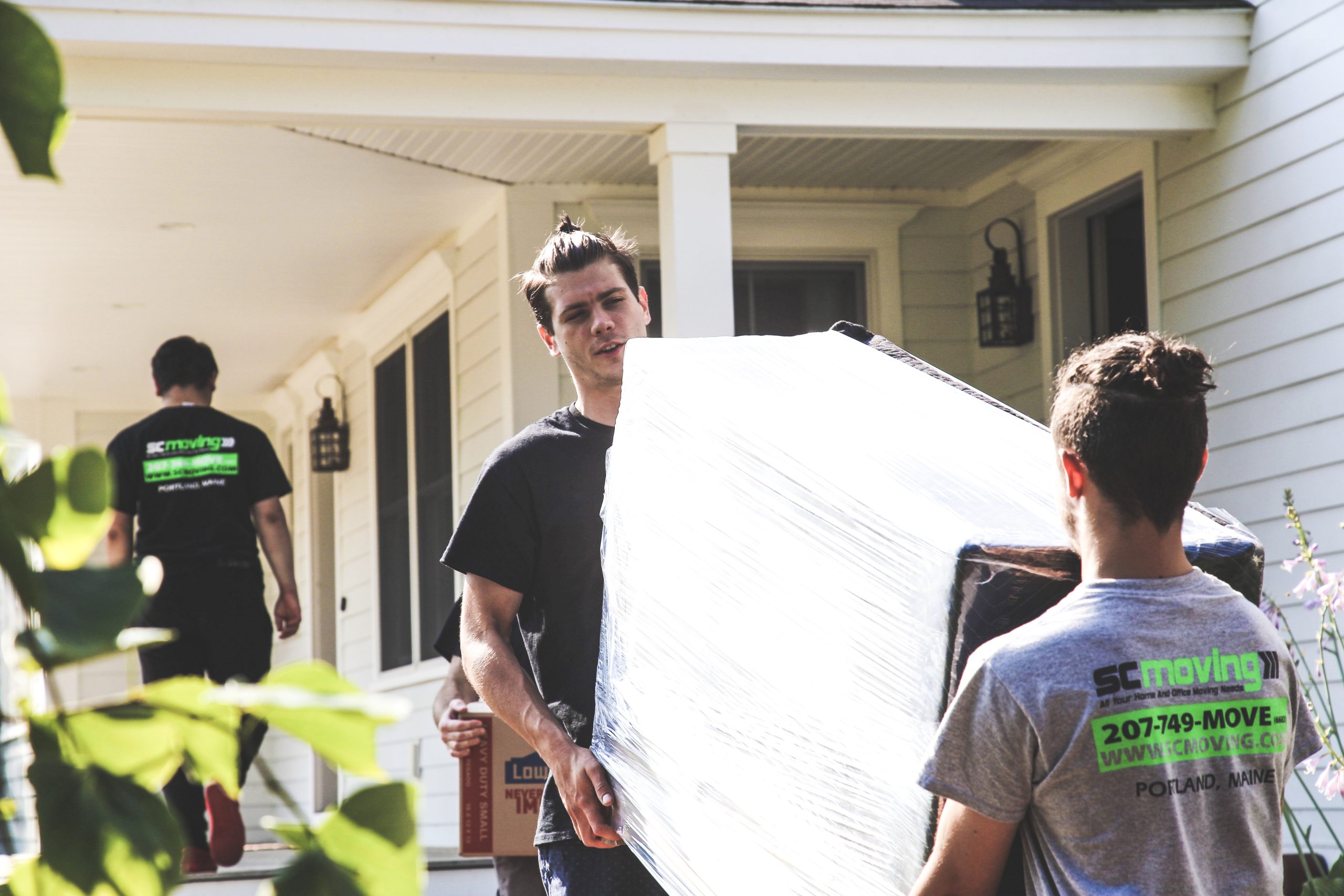
Moving Tips
This is not our first rodeo. Whether you’re an old hand at relocating or you haven’t moved in years, we’re here to help. Here are some tips to make your move as smooth as possible
Timing
Summer is typically the busiest time of year for movers. Generally, the beginning and the end of each month are busier than the middle.
Moving Checklist

Four Weeks Before Move
- Try to decide what you are planning to take with you during the move. Collect all important documents like passports, bills, wills, certifications, degrees and jewelry.
- Don’t forget to empty out your safe at the bank!
- Buy moving supplies like tape, boxes, bubble wrap.
- Start packing boxes, empty out all of your drawers and clean the inside of all of your furniture.
- If you are moving your items into a storage facility, be sure to check on prices and availability. Try to get a unit that has easy access for trucks.
- Start giving away your plants unless you plan to move them in the car with you.
- Keep up with the packing. Don’t forget the basement or attic.
- Try to move all packed boxes into one central area so the movers will have sufficient space to work on the day of the move.


Two Weeks Before Move
- Start eating canned and boxed food. Donate extra food 1 day prior to your move.
- Mow the yard for the last time and empty out the gas and oil from the lawn mower.
- Dispose all chemicals, hazardous materials, paints, oil and gasoline.
- Start emptying out your freezer. Throw a few dinner parties to begin that process!
- Mark each box that was packed so you know where it will go in the new home.
- Pack your suitcases for travel a day or two before the move, you don’t want to forget any important items.
- If you need your car moved, make all necessary arrangements. (We can also quote you on your car move. Ask your consultant for information.)
- Discard propane tanks that are used for barbecue grills.
- Return all library books or things you have borrowed from friends or family.
- If you have any electronics, make sure you unplug them before moving day.

Moving Day
- Survey your home before the movers arrive and make sure you know exactly what goes with the movers and what doesn’t.
- Try to mark the items that are not going with colored stickers: Red Stickers – Do Not Move. Green Stickers – Do Move
- When movers arrive, point out fragile items or items that require special handling.
- The movers will then prepare an inventory list of all items being shipped.
- Before the moving truck leaves your residence make sure that everything is loaded.
- Let the mover know when you are expected to be at the delivery location.
- Check all paperwork before signing the bill of lading and make sure you have copies.
- Turn off the lights, air conditioner and say goodbye to your neighbors.
Packing Tips
Packing is one of the biggest parts of your move. All your belongings have to be packed neatly and systematically. This ensures there is minimum damage to your belongings, helps speed up the moving process and eases the unpacking process in your new home.
Here are some general rules for packing:
- Pack heavy articles in smaller boxes and bulky, light articles in larger boxes.
- Secure each box well with tape. This prevents the box from opening and gives it additional strength and stability
- Make sure each box is filled up to, and not beyond the top. Stuff extra space with paper to prevent the box being crushed and to cushion the contents.
- Packing above the edge of the box will make it difficult to stack securely in the truck.
- Label each box clearly with contents and location. Clearly mark boxes that contain fragile items.
- Wrap all fragile articles individually in paper. Provide significant cushion in all boxes containing fragile items.
- Nest or stack expensive glassware and chinaware with paper between each piece.
- If possible, pack all large electronic equipment in their original packaging.
- Articles like blankets and pillows may be stored in furniture drawers or used for padding other boxes.
- While packing many articles in one box, pack heavier ones at the bottom and lighter ones at the top.
